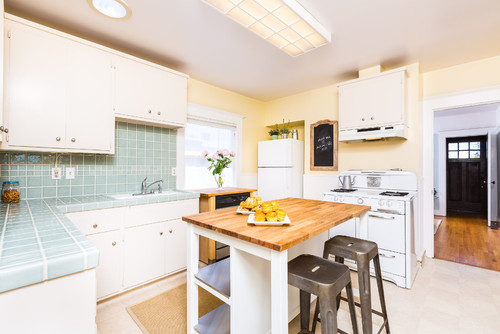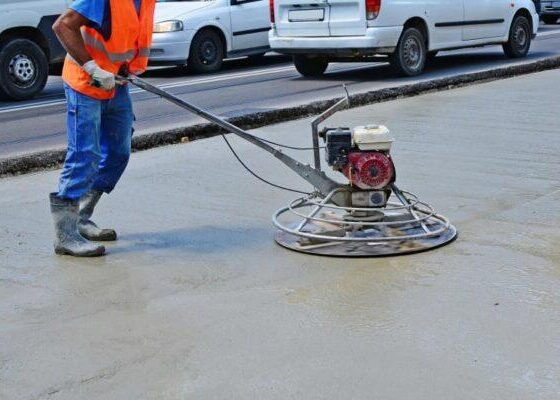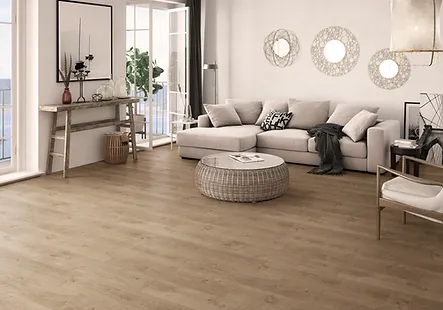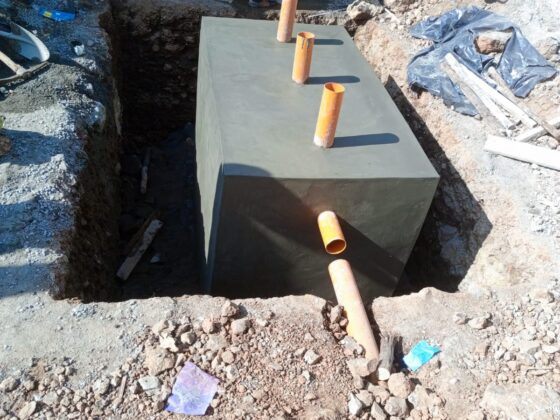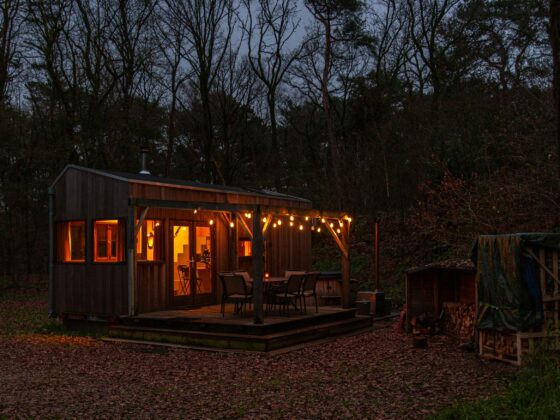It is common for houses to overheat during hot weather. It is wise to anticipate this aspect during design and construction and actively put in measures that can mitigate the increase of internal temperatures in your house. For houses that are already standing, there are also fixes that do not require you to tear down your walls and are easier on the pocket.
Making your structure more environmentally friendly goes a long way in reducing the cost of air conditioning in your house. The goal is always to have a passive house that is warm enough during the cold weather and cool enough during the hot weather.
Design solutions:
1. Encourage natural airflow in your house
To ensure airflow, locate windows in such a way that they allow air to come in on one side of the house and leave through the opposite side. It also helps if the windows are not located directly opposite each other in order to prevent the formation of hot pockets inside your house.

Ensure that you have an air outlet that is located higher than the windows. These include vents and chimney holes. Hot air tends to rise, and therefore this allows a natural escape. This flow of air in an out of your house will tend to cool down the house.
2. Orientation of the house
– The direction of the wind on your proposed construction site should influence your placement of the house. The shorter dimensions(width) should be placed in the direction of the wind in order to allow wind to easily pass through your house. This gives the wind a shorter distance to travel and therefore easily leaves a cooling effect.
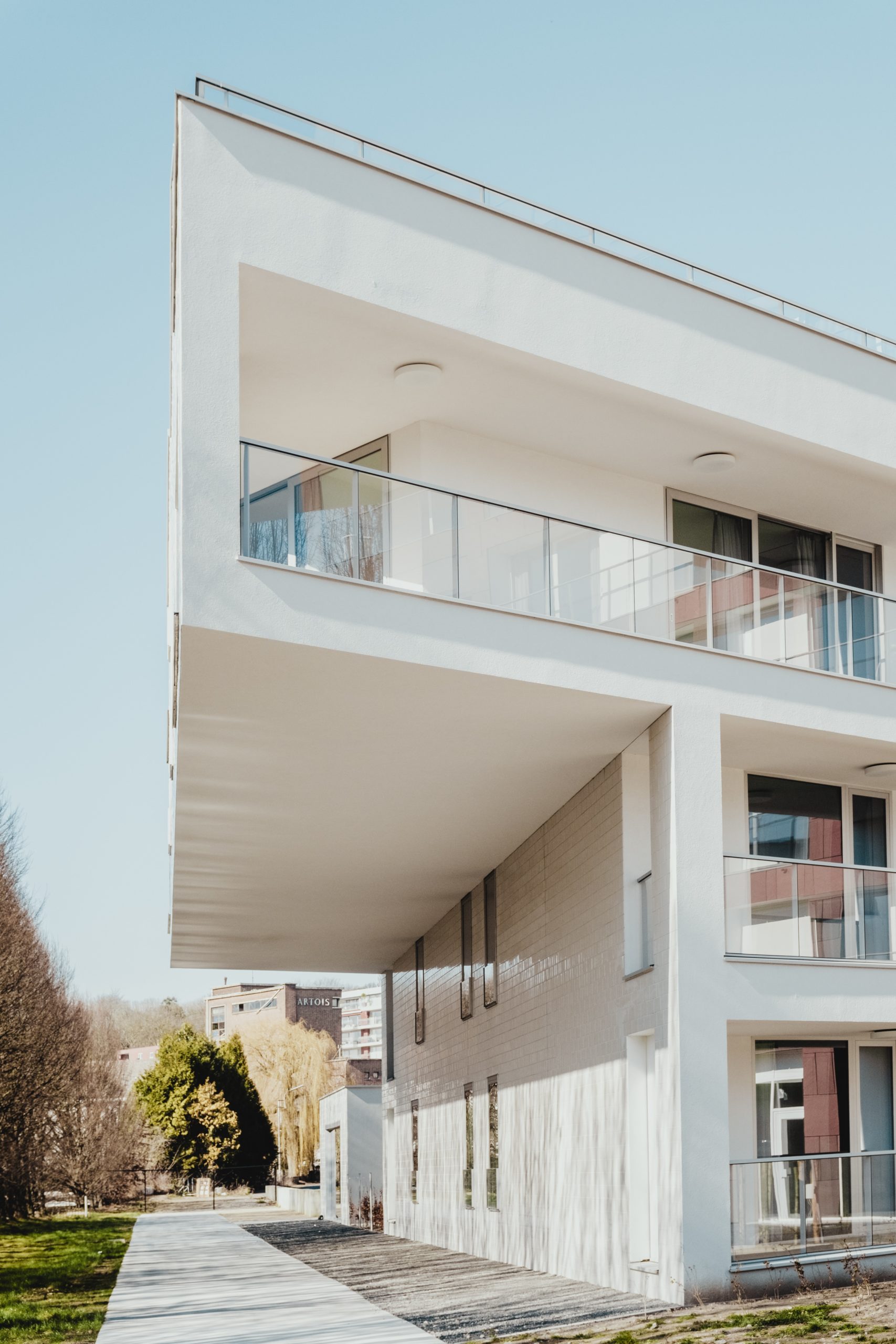
– The orientation of the house also directly affects the amount of sun that the house is exposed to. West facing houses tend to attain higher temperatures at the end of the day due to longer exposure periods.
3. High roofs and ceilings
– The closer the roof is to the floor, the higher the general temperature of the house will be. As mentioned below, hot air rises and if it is not allowed to escape,
it increases the general temperature of the room.

4. Use reflective roofs and windows
The roof is always constantly exposed to the sun’s rays. It is proven that brighter roofing reduces the amount of heat that is transferred into the house. Windows are also another way the suns’ rays get access into our houses. There are types of glasses available in the market today that have a protective film that allows light in but protects you from the intense heat that comes with it.
5. Use materials will low thermal conductivity
Insulation goes a long way in protecting the house from high temperatures. It reduces the heat transmitted into the house from the walls and the roofing. Insulation can include gypsum boards, wood and form protection.

If you have already built your house and are not willing to make big alterations to your house, here are simpler fixes to your internal temperatures.
6. Use a brighter exterior paint for your house. Depending on the material used on your walls,they could be responsible for the high temperatures in your house.Go for a lighter shade on your walls to prevent the house heating up as fast.
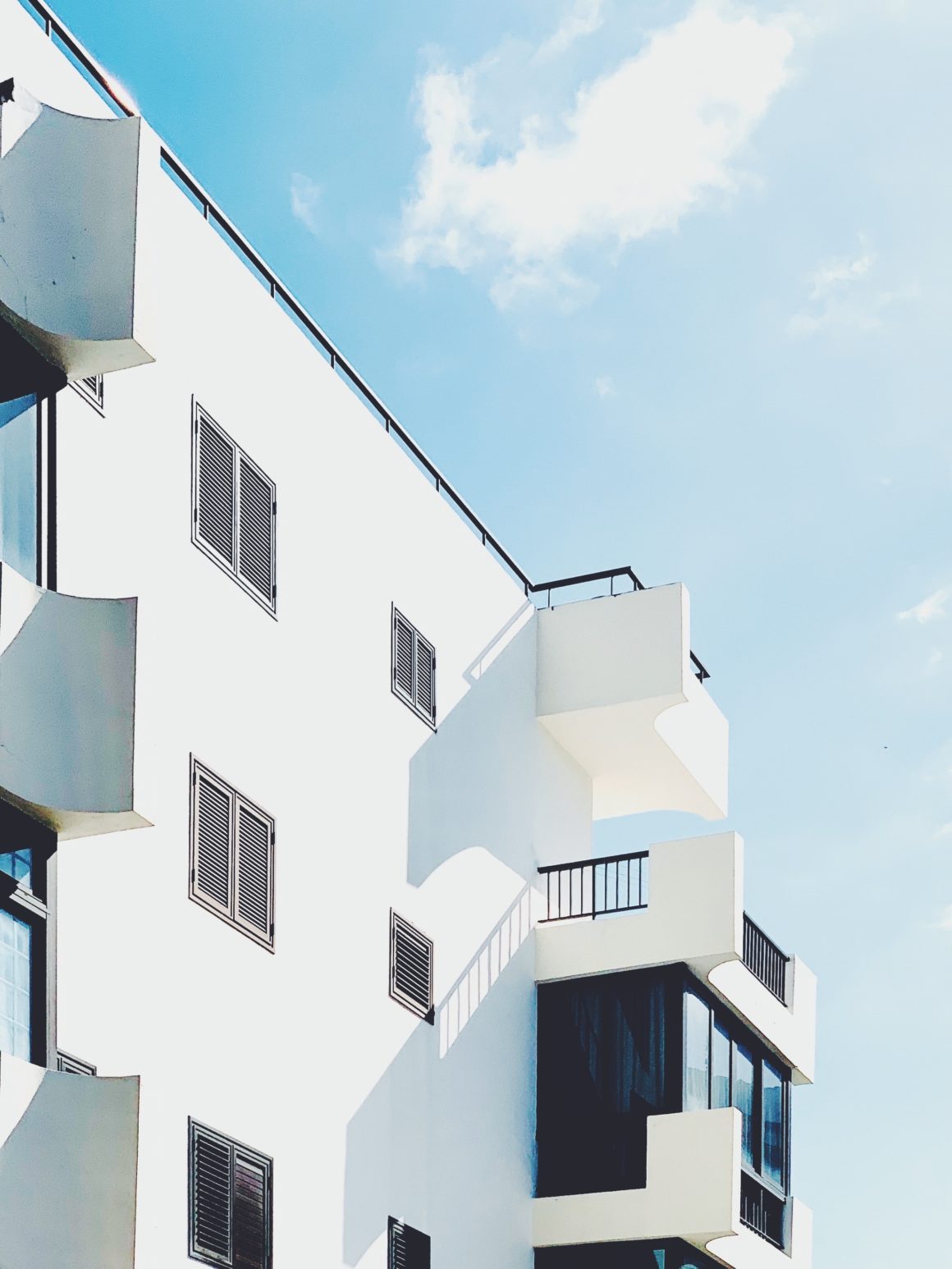
7. Use curtains to keep out the sun during hot days. Do you have a window that heats up the house? Learn to close the blinds when it is too sunny to prevent the house from getting heated up through the direct sun rays.
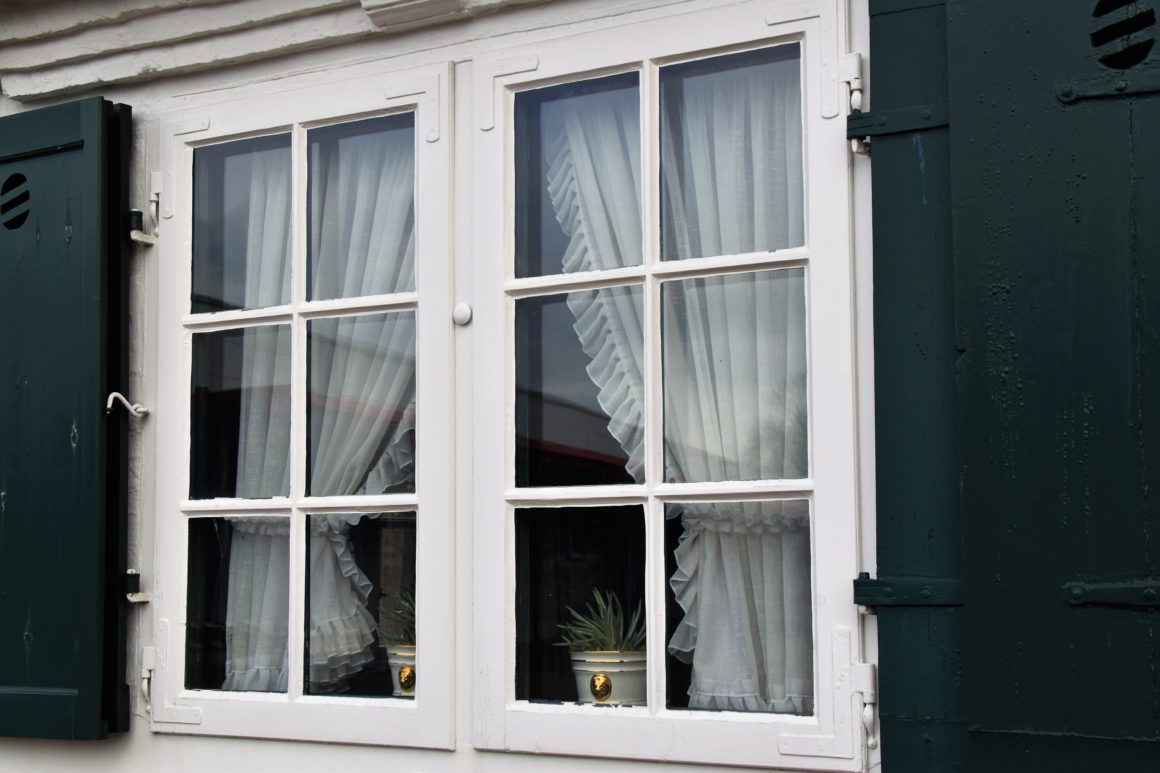
8. Shade your house. Protect your house from the heat from the sun using a shade. Trees are always a good option but they are not always feasible.A shaded house
is a cooler house.
Hope this article has been helpful. Build Wisely!




